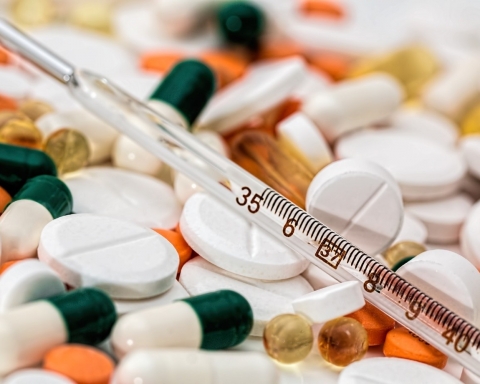Oral dissolving film is a new drug delivery system for oral delivery of drug. It has gained popularity due to its availability in various size and shape. The concept of oral dissolves film can be summarized as-
- This delivery system consists of a thin film.
- After placing it on the top of the tongue, the film dissolves within seconds, promoting first pass metabolism as compared to tablet and other immediate release oral solid dosage forms, and may increase the bioavailability of drug.
- FDF (Fast dissolving tablet) dissolves in the mouth like a cotton candy.
[wp_ad_camp_4]Oral dissolving films are intended to disintegrate or dissolve within seconds. For fast dissolving active pharmaceutical ingredients absorption is possible through the oral mucosa and may improve bioavailability.
The oral fast dissolving film technologies have the prospective for delivery of variety of API. But as the size of the dosage form is limited, High dose molecule is difficult to be incorporated into the films.
Only 5mg to 30mg of API can be incorporated into the film. Insoluble API is dispersed uniformly in the film. API s can also be added as milled, micronized and also in the form of nanocrystals or particles depending upon the ultimate release profile.
[wp_ad_camp_1]
Polymers which are used such as HPMC E-3, E-5 E-15, K-3., Methyl cellulose A-3, A-6 and A-6., Carboxymethylcellulose, pullulan, maltodextrin, hydroxypropylcellulose cekol 30, polyvinyl alcohol etc. for the preparation of the oral soluble film due to their water soluble characteristics. They can be used individually as well as in combination.
- Advantages of oral dissolving film (ODF) over fast dissolving tablet (FDT)
- Accessibility of larger surface area that leads to quickly disintegrate and dissolution in the oral cavity within seconds.
- ODF is flexible so they are not as fragile and need not any kind of special package for protection during transportation and storage as compared to FDT.
- No need of water has led to better satisfactoriness amongst the dysphasic patients.
- No fear of chocking as compared to FDT.
- The large surface area available in the film dosage form allows rapid wettive by saliva then quickly disintegrates and dissolve and absorbed directly.
- They can enter the systemic circulation without undergoing first-pass hepatic metabolism and on increase the bioavailability.
- The dosage form can be consumed at any place and any time as per convenience of the individual. The first pass effect can be avoided, so a reduction in the dose which can lead to reduction in side effects associated with the molecule.
Uses of oral dissolving film in patients suffering from dysphagia, repeated emesis, hypertension, heart attack, asthma, motion sickness, paralysis and mental disorders. They prefer this dosage form as they are not capable to swallow large quantities of water.






